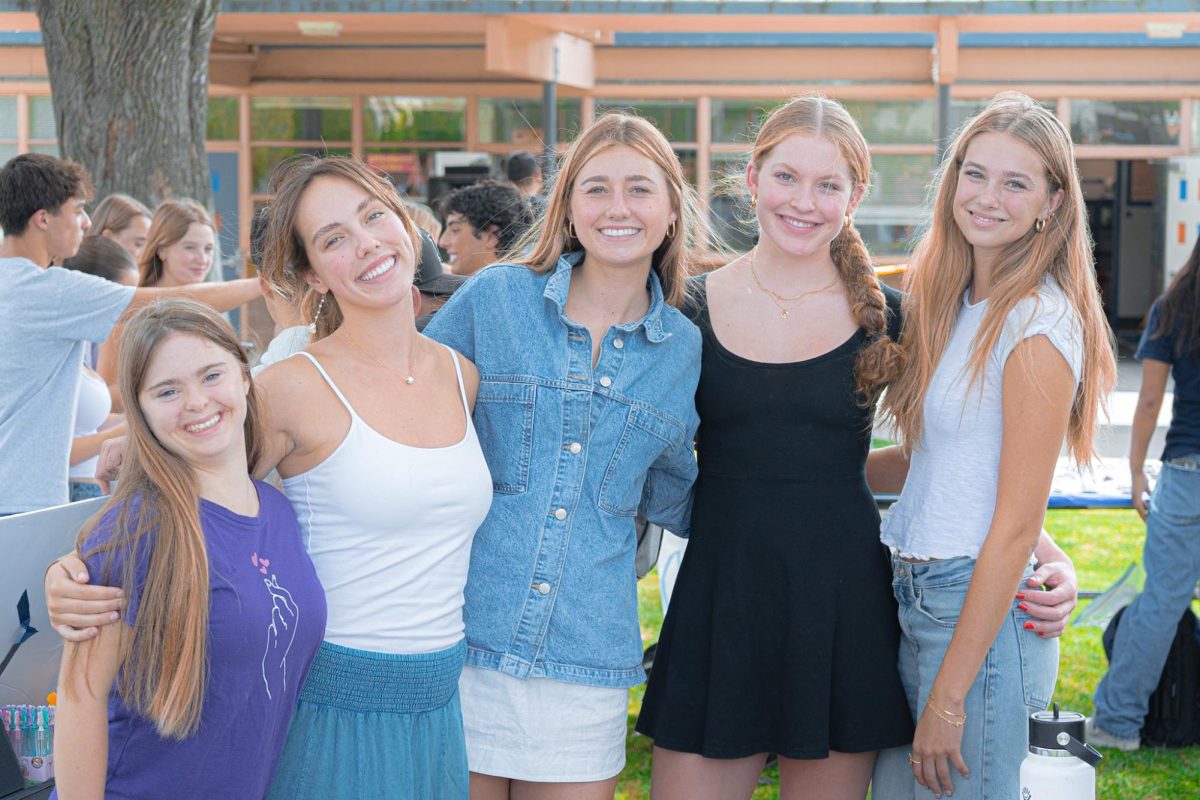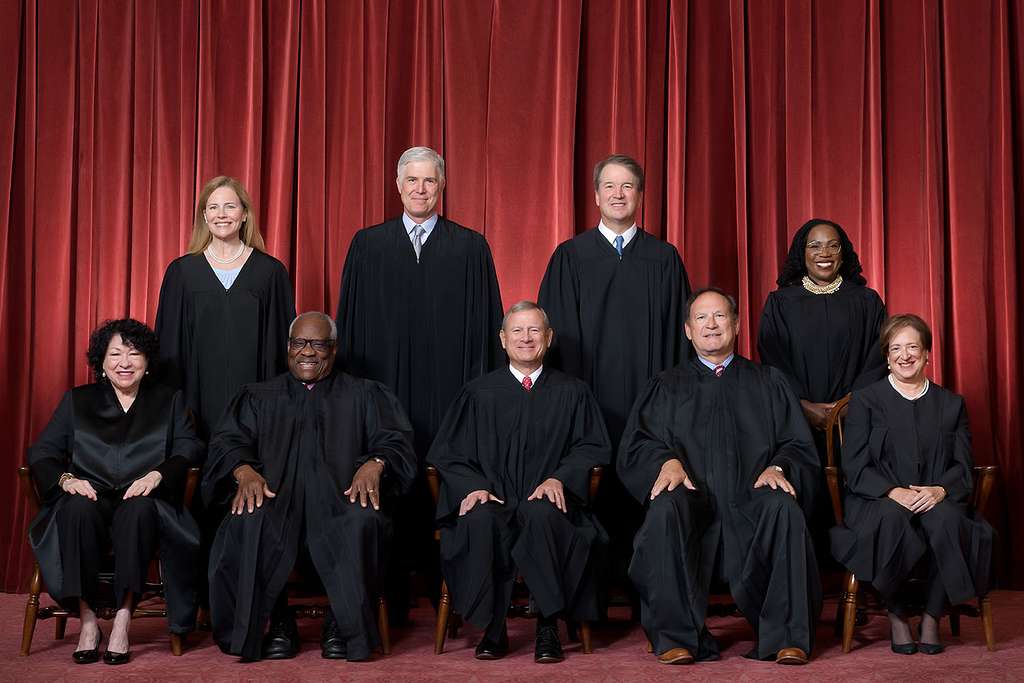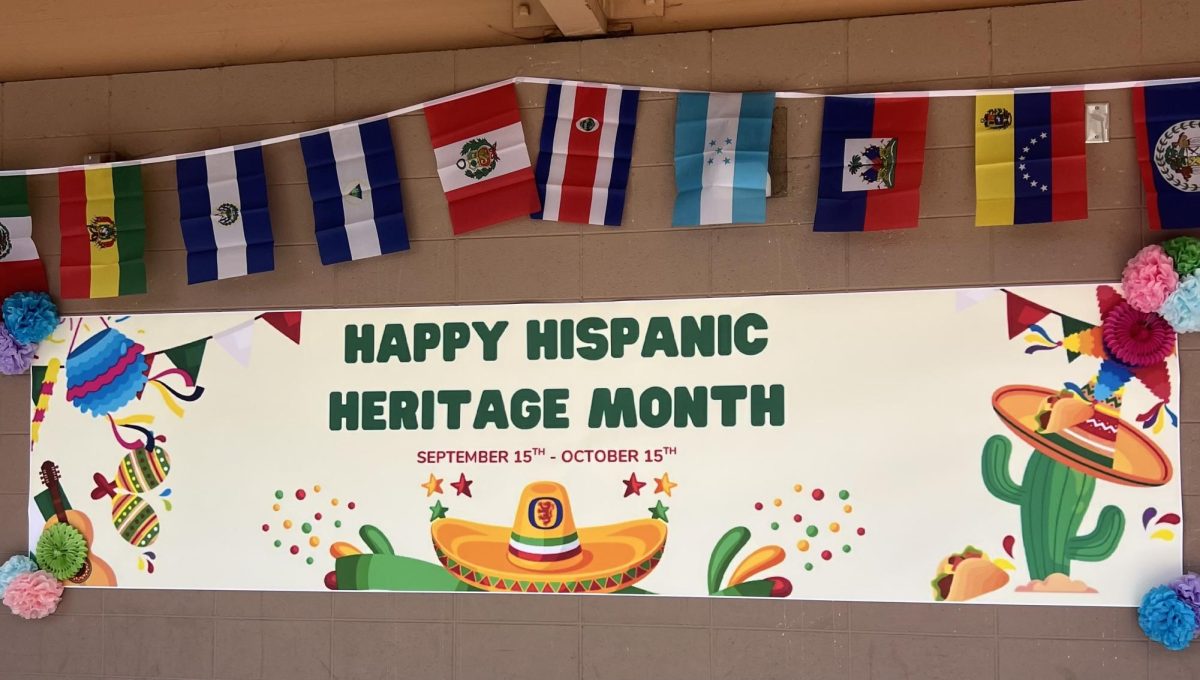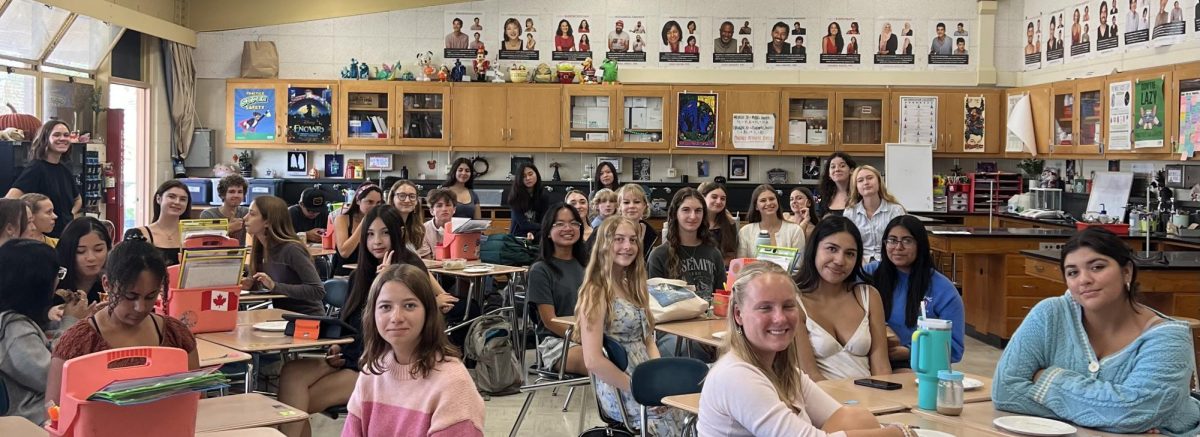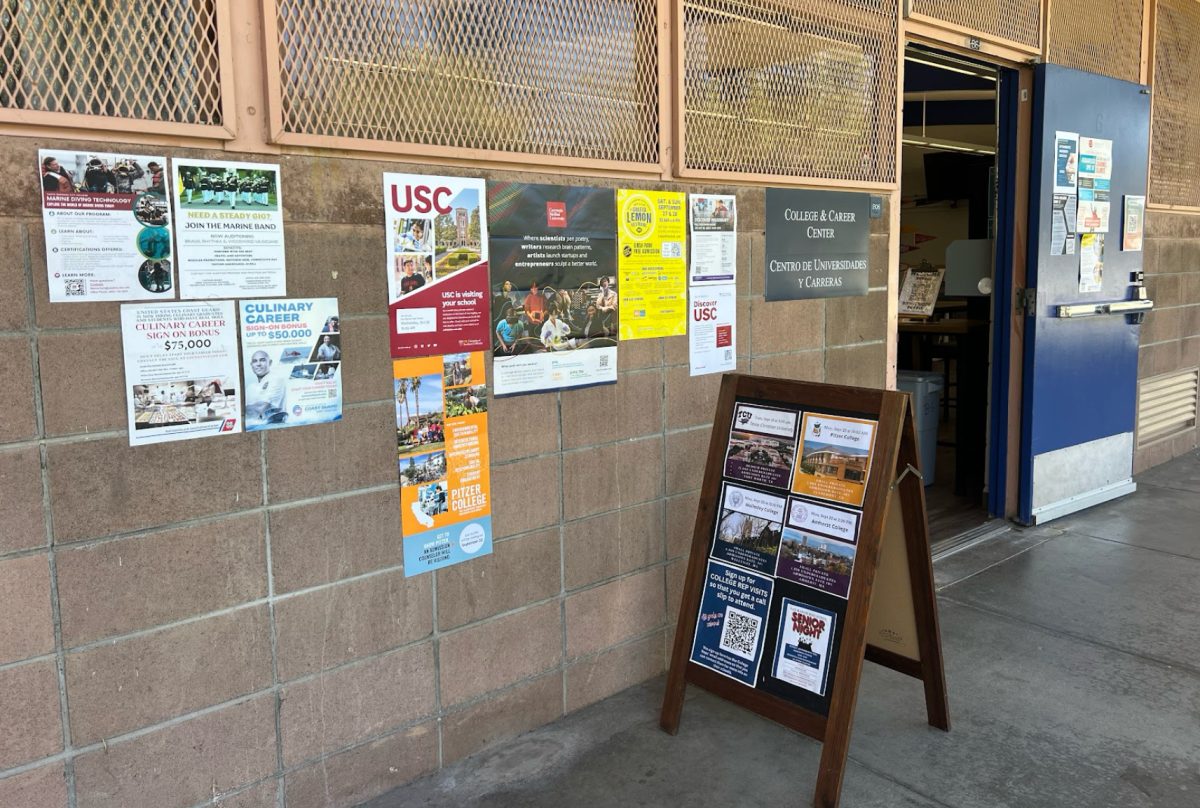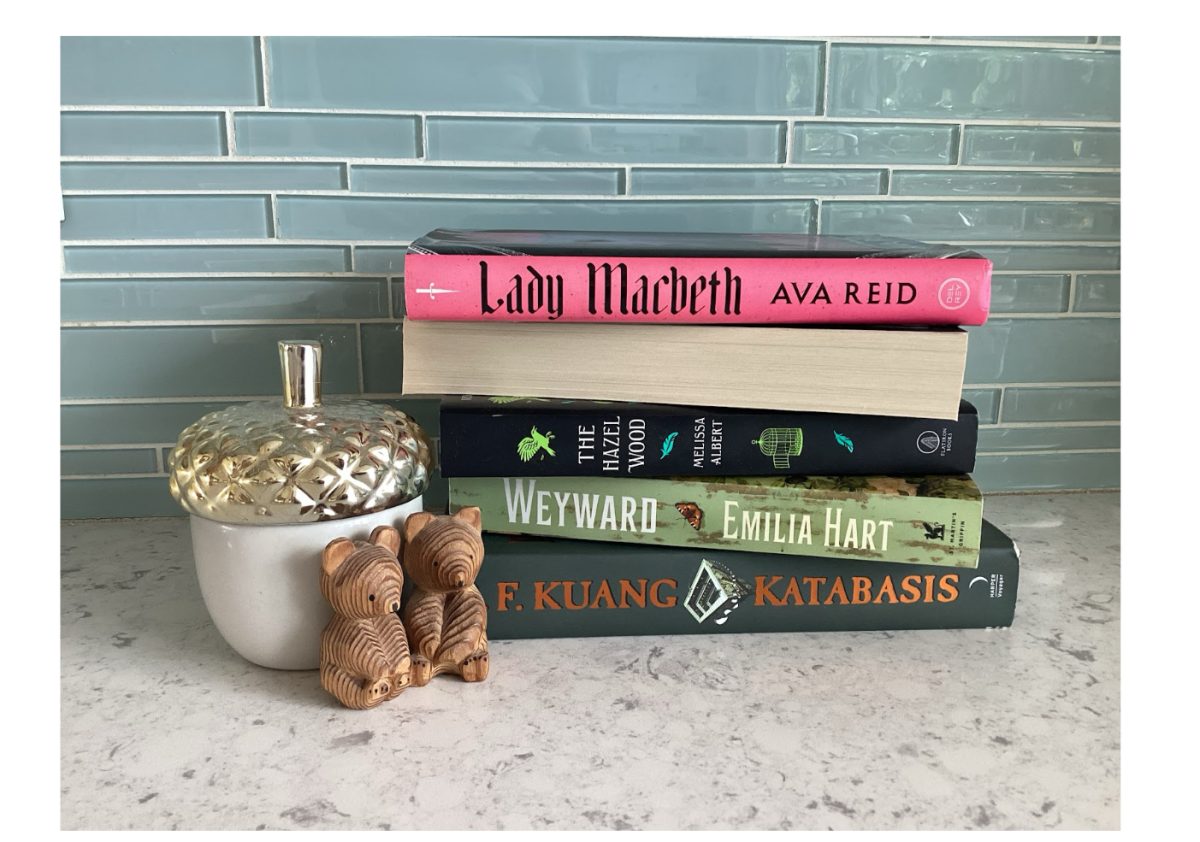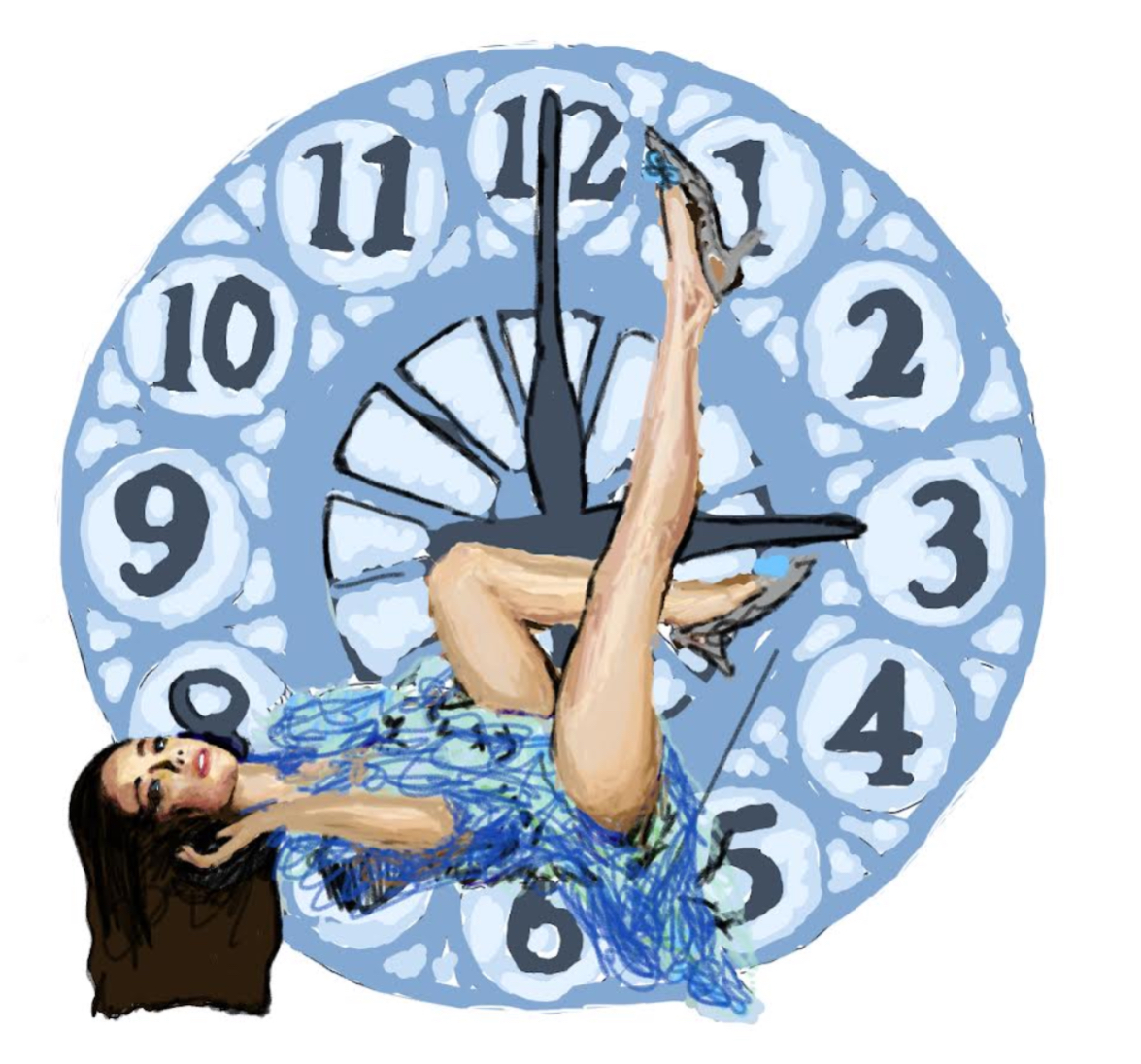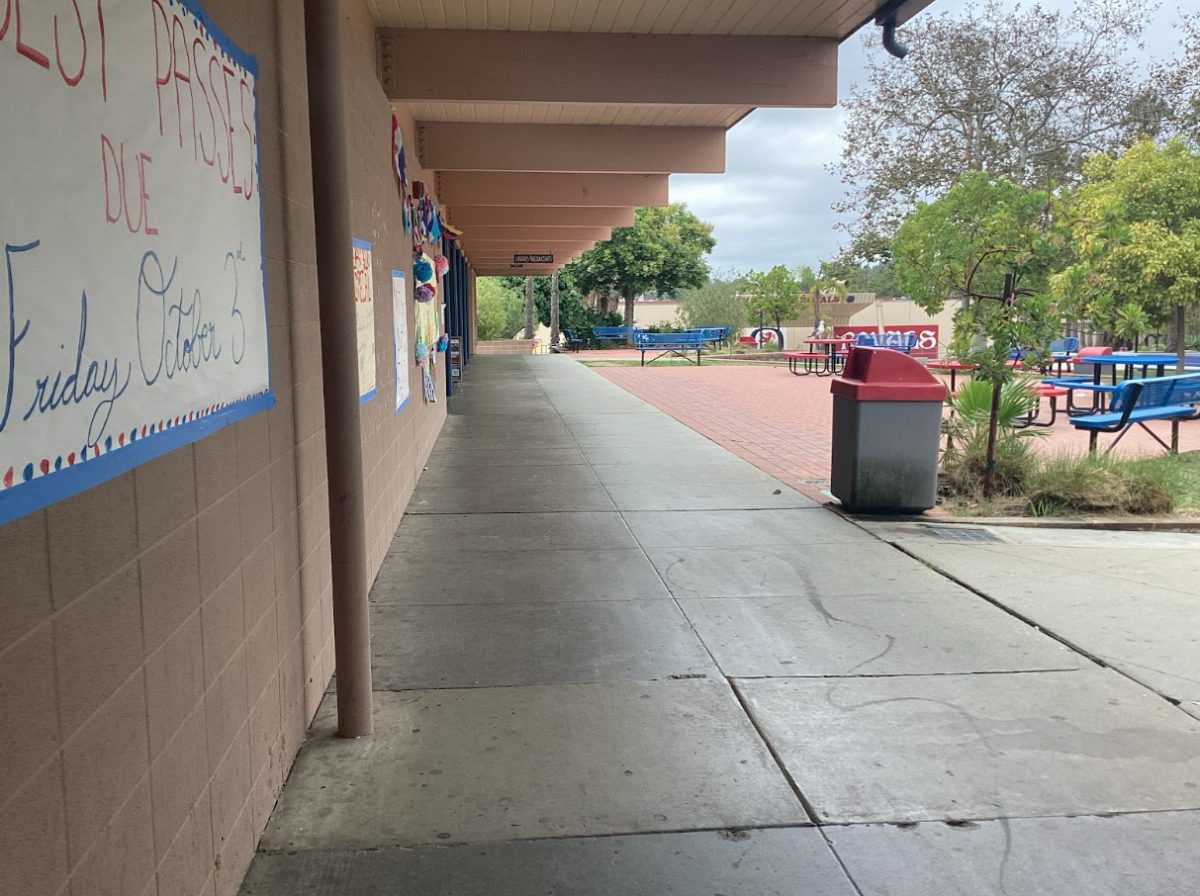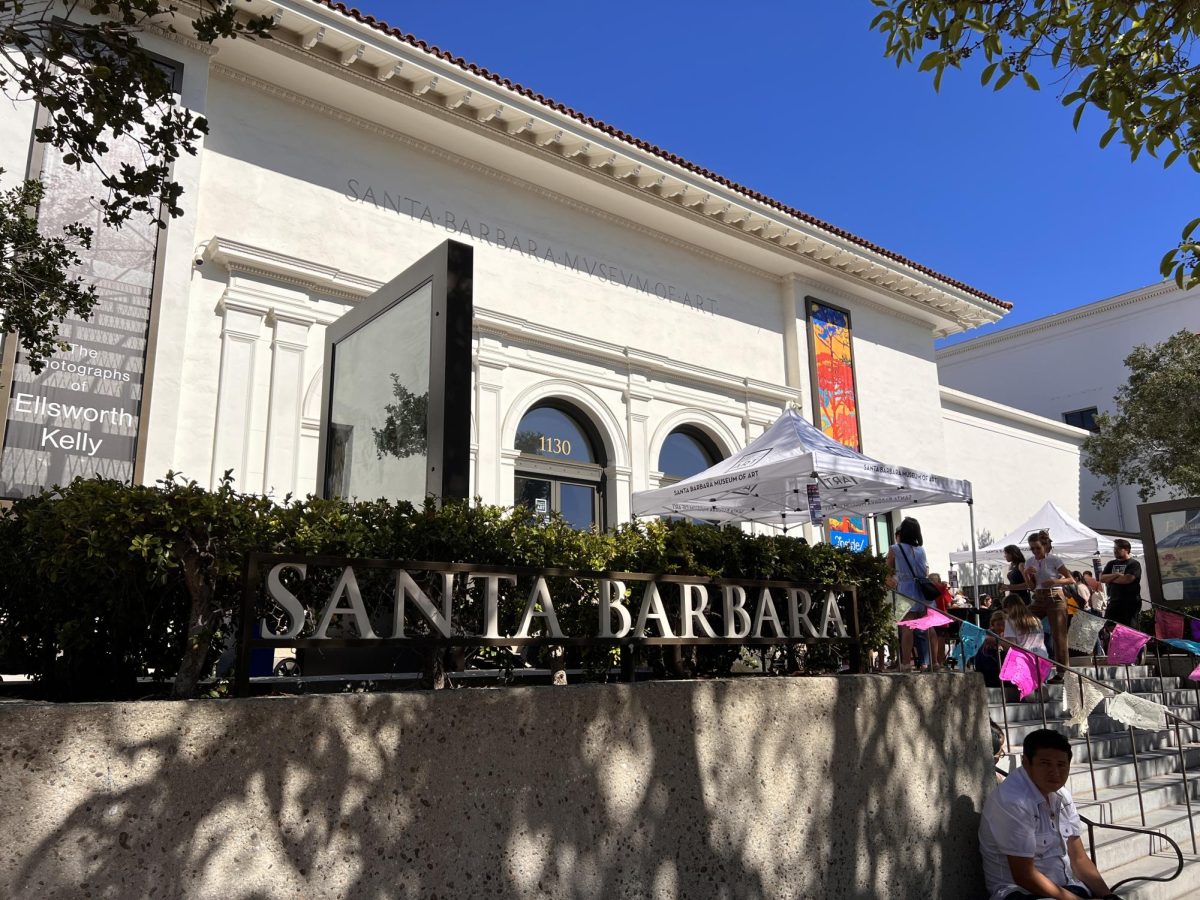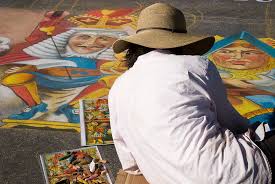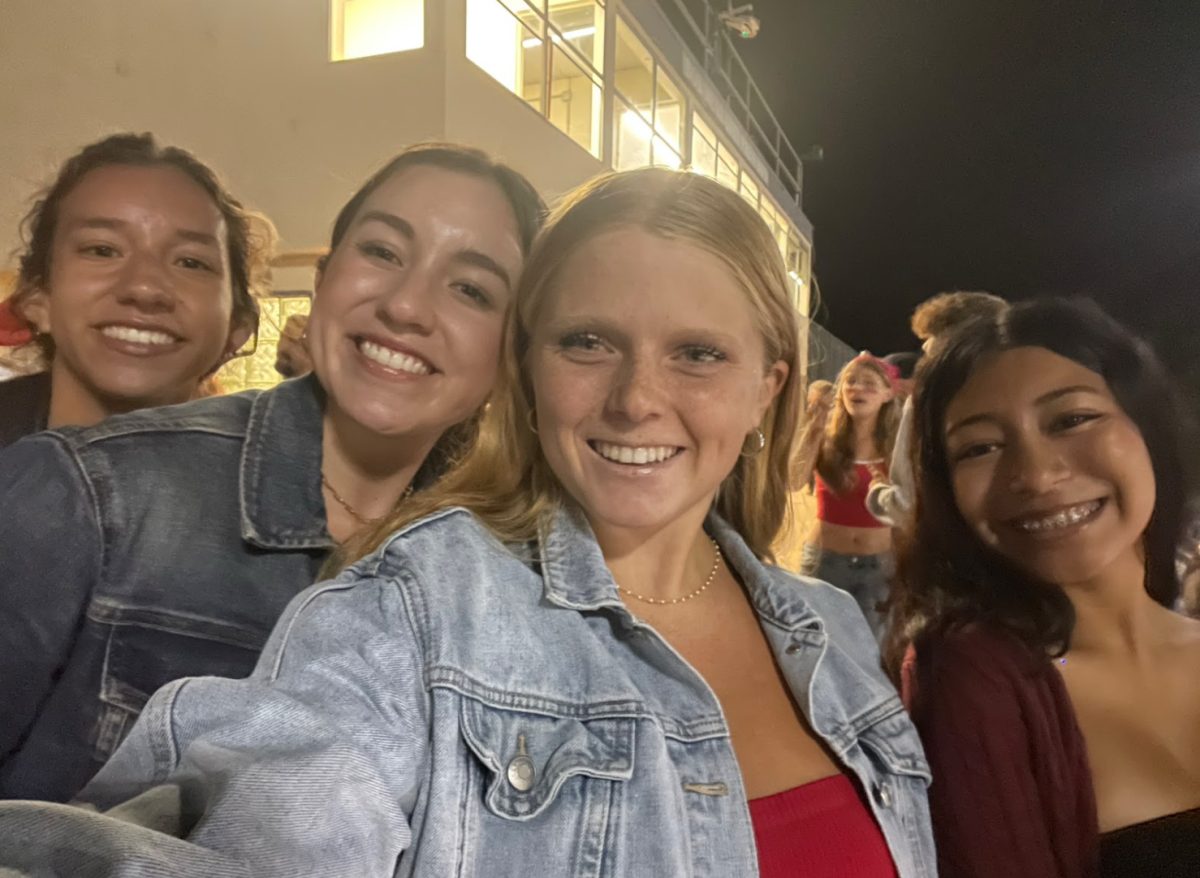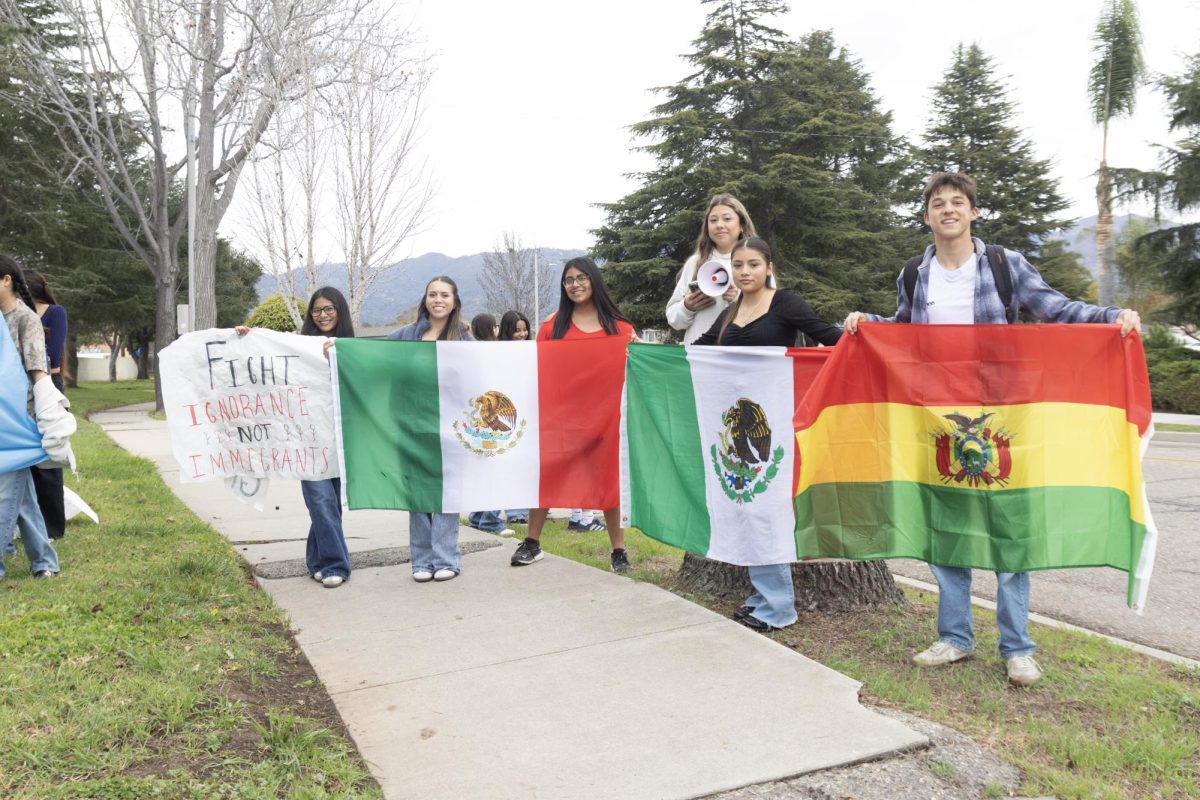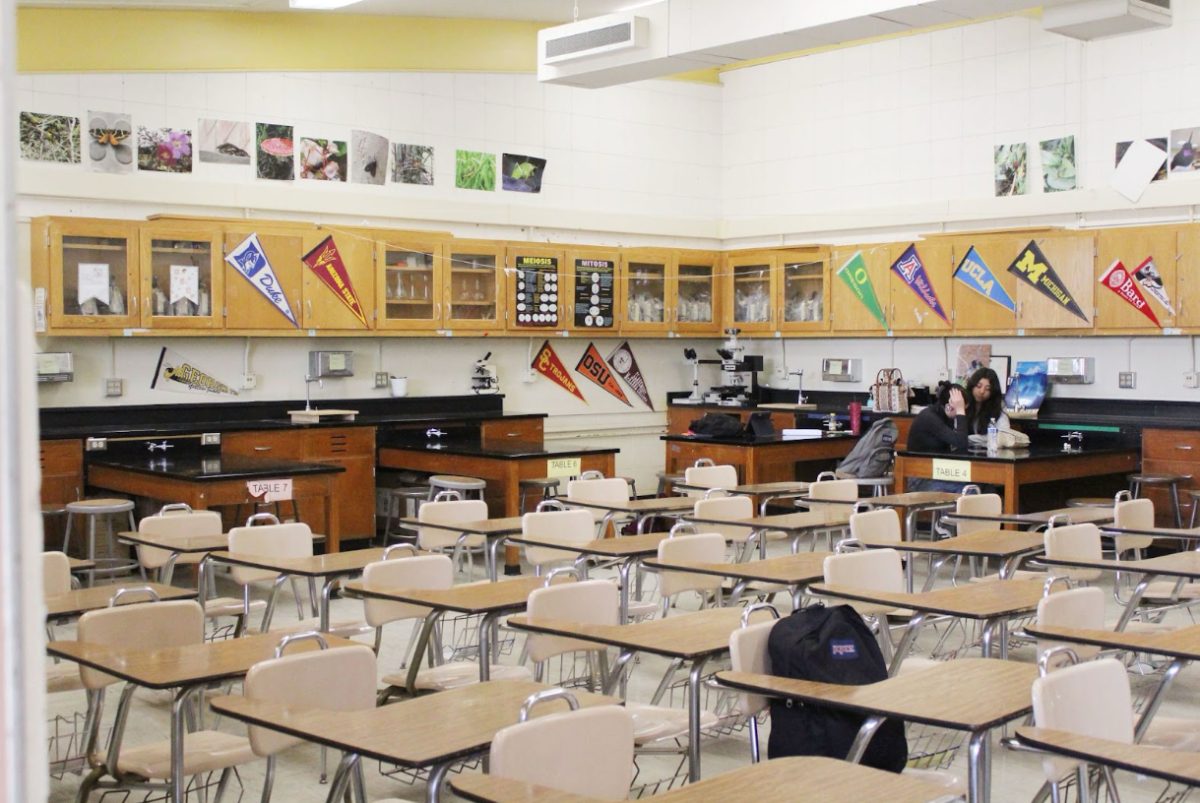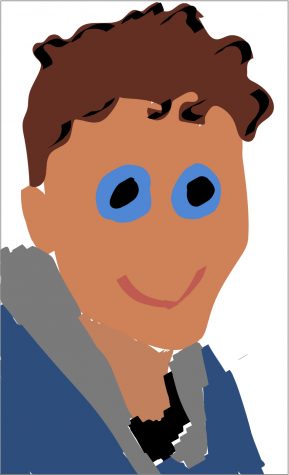It has been estimated that roughly 20 billion dollars, or 20% of all art in Europe, was looted by the Nazi regime during World War II, creating the largest and most profitable art heist ever. From the holiest, most majestic altarpieces to the smallest hand-drawn prints, ransacked and stripped away from nearly every town in every nation Hitler’s army passed through. Having been hidden away in obscure locations such as abandoned mineshafts and cave systems, many of these pieces remained in hiding for the duration of the war, to either be kept by high ranking Nazi families or to be purchased by private buyers. These purchases were often accompanied with “forged paper trails,” according to The Independent, which left hundreds of thousands of these pieces to be found all over the world, from Munich to Vienna, and even in the Santa Barbara Museum of Art.
In 2006, a letter was sent to the SBMA from the descendants of Fritz Grünbaum, a Jewish art collector killed during the Holocaust, laying claim over a pencil sketch titled Portrait of the Artist’s Wife by Austrian expressionist Egon Schiele. The letter provided affidavits that legitimized the descendents’ right to ownership and condemned the global art museum community’s act of withholding and displaying Nazi-stolen art.
When asked for information concerning SBMA’s knowledge of the drawing’s background and history, the SBMA’s Director of Communications, Katrina Carl, sent The King’s Page a public statement stating:“Relevant information concerning the provenance (or ownership history of the drawing) was presented to the Museum by the family members and the District Attorney’s office. Based on this new information, the SBMA Director and Board of Trustees made the determination that the drawing should be returned.”
“I think the value of having the drawing in the museum is more valuable than some random great, great grandchild having the artwork,” said senior Nate Zimmerman.
At the same time, senior Nicolas Hofmeister said, “They deserve their drawing back. I’m glad they returned it.”
It took seventeen years for the silence left by this letter to be broken. Three weeks ago, on September 27, the Manhattan District Attorney’s office made a statement promising that the relatives of Grünbaum would have Portrait of the Artist’s Wife returned to them, along with six other Schiele sketches that were included in Fritz’ large collection. These seven Schiele prints, six of which had been residing in the hands of museums and collectors in NYC, each have prices ranging from $1 million to $2.75 million. Timothy Reif, a Grünbaum heir, promptly thanked the Manhattan District Attorney’s Office and their Antiquities Trafficking Unit upon being reunited with the prints.
While the museum made no mention of investigating any other piece in their collection, plenty of other organizations have been dedicated to the recovery and restoration of Nazi-looted art. Groups such as the World Jewish Restitution Organization (WJRO), which offer legal representation for cases such as these, help present Jewish persons and affirm their claims over stolen possessions. With endless amounts of art, jewelry, furniture, and other personal belongings having been stolen during the Holocaust, it is up to organizations such as these to lend a hand in the effort to reclaim these items and compensate their countless heirs.

